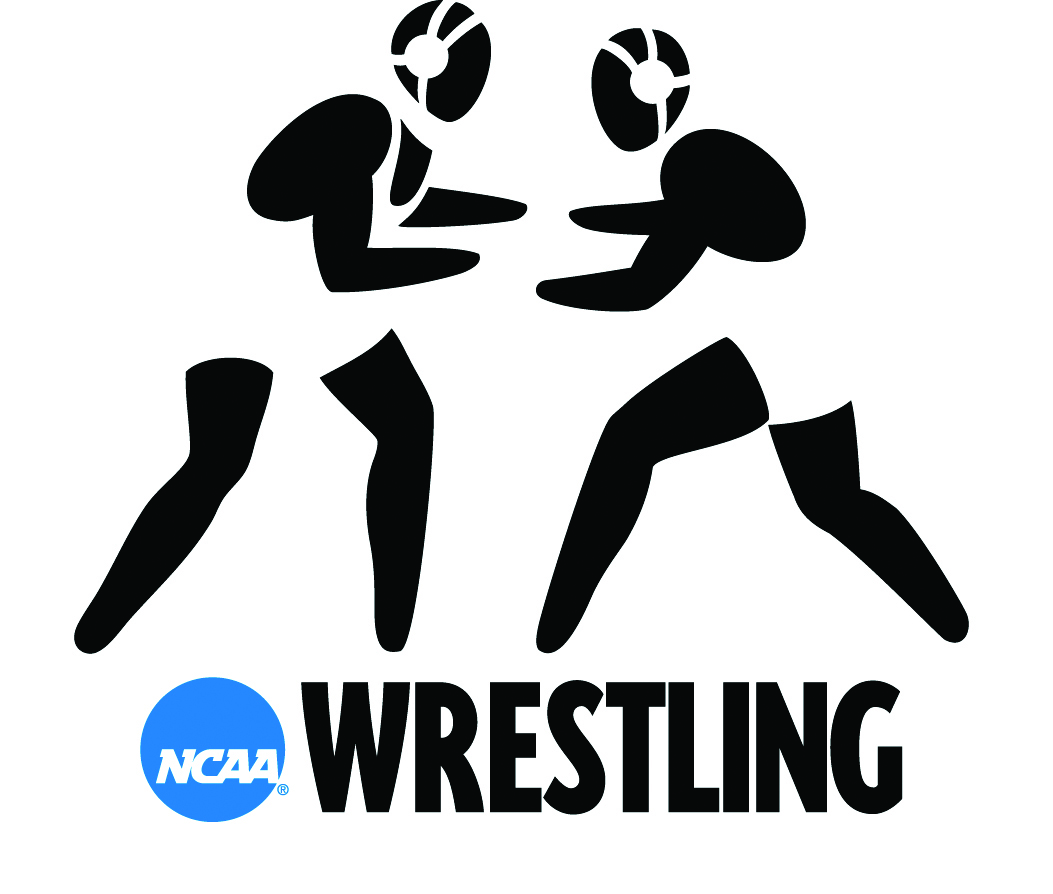 As described in an earlier post, the NCAA Playing Rules Oversight Panel was to decide on several rules recommendations for the upcoming season. As predicted, the rules proposals were adopted and will appear in the upcoming 2015-2017 edition of the NCAA Wrestling Rules. The rule changes focus on dropping down to a leg in the top position, redefining stalling in the neutral position when going out of bounds, eliminating the three point near fall in favor of a four point near fall, and other changes. The neutral stalling rules will likely cause the most contention as referees and wrestlers adjust to the change. Read on for the release from the NCAA.
As described in an earlier post, the NCAA Playing Rules Oversight Panel was to decide on several rules recommendations for the upcoming season. As predicted, the rules proposals were adopted and will appear in the upcoming 2015-2017 edition of the NCAA Wrestling Rules. The rule changes focus on dropping down to a leg in the top position, redefining stalling in the neutral position when going out of bounds, eliminating the three point near fall in favor of a four point near fall, and other changes. The neutral stalling rules will likely cause the most contention as referees and wrestlers adjust to the change. Read on for the release from the NCAA.
Panel approves drop-down, neutral-position stalling rules in wrestling
Both rules were used experimentally last season
June 8, 2015 4:59pm Greg Johnson
The NCAA Playing Rules Oversight Panel approved Monday the drop-down rule and the neutral-position stalling rule in wrestling, starting with the 2015-16 season.
Both rules were used on an experimental basis last season. Both are now permanent rules, though the panel made a few tweaks before approving so referees will have a clearer understanding of how both should be applied.
While officiating the drop-down rule, the referee will immediately begin a five-second count for stalling once the offensive wrestler positions himself with one or both hands below the buttocks of the defensive wrestler. The referee will stop the count when the offensive wrestler improves his position, moves his hold above the buttocks of the defensive wrestler or releases the hold.
If the referee reaches the fifth count before the offensive wrestler improves his position, moves his hold above the buttocks or releases the hold, the offensive wrestler will be called for stalling.
Additionally, if the offensive wrestler lifts the defensive wrestler’s leg off the mat and both wrestlers reach the standing position, the referee will stop the five-second count. But if the offensive wrestler does not continue to attempt to return the defensive wrestler to the mat, the referee can call stalling, as in the past, without the five-second count.
Another stalling call related to the drop-down rule can be made by the referee if the offensive wrestler applies a hold with his hand or arm around the defensive wrestler’s waist while applying the other arm or hand below the buttocks. In that scenario, the five-second count will start and continue until the hold below the buttocks has been released.
The neutral-position stalling rule was used experimentally in the National Wrestling Coaches Association All-Star Classic in November.
After watching how it was called in that event, members of the NCAA Wrestling Rules Committee determined that when wrestling is stopped in the neutral standing position for going out of bounds, the referee can make one of the three following calls:
- Stalling on one or both wrestlers for leaving the wrestling area.
- Stalling for pushing or pulling the opponent out of bounds.
- Wrestling action is taking place. (It should be noted that a tie-up, including an under hook with no attempt to initiate an offensive move, is not considered an offensive or defensive attack).
Other rules approved by the panel include:
- Recommending that teams wear contrasting-colored singlets at dual meets.
- Awarding two points for a near fall if the referee reaches a two-count. Four points would be awarded if the referee reaches a four-count.
- Experimenting with a rule at the National Wrestling Coaches Association All-Star Classic that would award three points for a takedown.
- Separating the “control-of-mat area” and “questioning the referee” penalties in the penalty chart. If a coach leaves the restricted area, the penalty structure will be: a warning on the first offense; loss of a team point in the event standings/score on the second offense; and loss of two team points and ejection on the third offense.
- When wrestlers interlock fingers in the neutral position, the referee will stop the action and call it stalemate, and any subsequent offenses would require the referee to call stalling on the wrestler who initiates the interlocking.
Once the offensive wrestler assumes the correct starting position, the referee will wait a minimum of one second after saying, “set,” before sounding the whistle for wrestling to begin.





